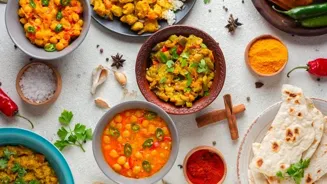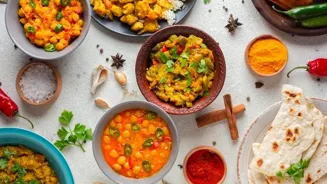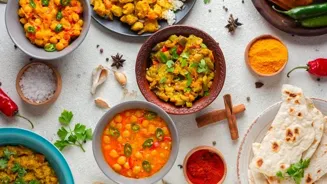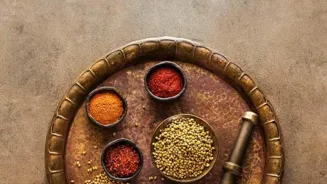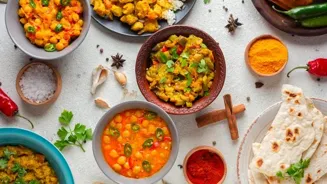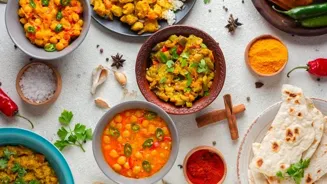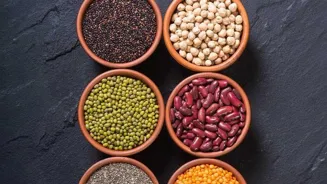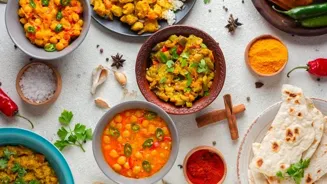Unlock the Secrets of Flavor: 10 Essential Spices Every Indian Kitchen Must Have. Transform your dishes with these magic ingredients!
India, a land celebrated for its vibrant culture and even more vibrant cuisine,
owes much of its culinary magic to the spices that grace its dishes. These aren't just flavour enhancers; they're the heart and soul of Indian cooking, offering a symphony of tastes, aromas, and even health benefits.
For anyone looking to embark on a truly authentic Indian culinary journey, stocking your pantry with these ten essential spices is the first and most crucial step. Forget bland and boring – get ready to unlock a world of flavorful dishes with these indispensable ingredients.
They are the backbone of many recipes, enabling you to create everything from simple dals to complex curries. Learning how to use them effectively is like gaining a superpower in the kitchen!
Turmeric's versatility in Indian cooking and health benefits
The aroma of turmeric, or haldi, simmering in hot oil is a comforting scent synonymous with Indian cooking. More than just a vibrant yellow colourant, turmeric boasts powerful anti-inflammatory properties thanks to its active compound, curcumin.
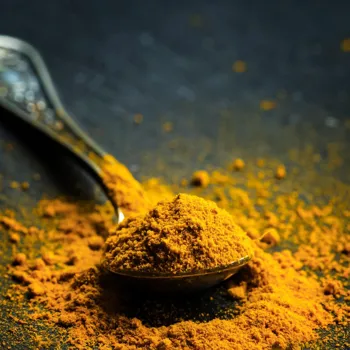
A pinch of turmeric elevates simple vegetable preparations, adds depth to lentil-based dals and forms the base for many Indian curries. From a healing haldi doodh (turmeric milk) to a rich and flavourful sambhar, turmeric's versatility is unmatched.
When buying turmeric, opt for whole roots if possible and grind them fresh for the most potent flavour. Store bought turmeric powder is convenient. Always make sure to store the powder in air tight containers to preserve the flavours.
Turmeric is also considered very auspicious in Indian culture and is used in religious ceremonies, for applying auspicious markings.
Cumin: versatile spice in Indian cuisine, used whole or ground, adds depth and aroma
Cumin, or jeera, is a workhorse in the Indian spice cabinet, appreciated for its earthy, warm flavour. It's typically used in two forms - whole seeds and ground powder. Whole cumin seeds are often tempered in hot oil or ghee at the start of a dish to release their aromatic oils.
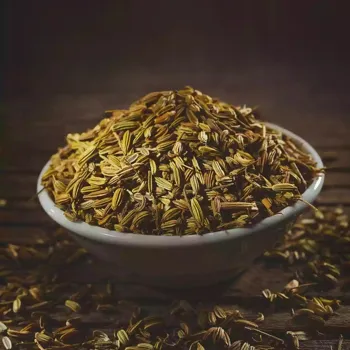
The resulting infused oil forms the flavour base for the entire recipe. Ground cumin powder adds a deeper, more intense flavour and is usually stirred in towards the end of cooking. From jeera rice (cumin rice) to creamy raita (yogurt dip), cumin adds a distinct flavour profile.
Roasting cumin seeds before grinding enhances their flavour, adding another layer of complexity to your dishes. This process brings out the nutty and smoky notes of the spice, transforming the flavor.
Coriander seeds for depth, leaves for freshness in Indian cuisine
Coriander, or dhania, presents itself in two forms: the seeds and the fresh leaves. Both are vital to Indian cuisine but contribute different characteristics. Coriander seeds possess a citrusy and slightly sweet flavour, which is mellowed further on roasting.
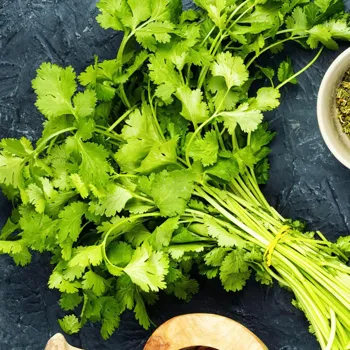
Ground coriander powder is a core component of many Indian spice blends, adding depth and warmth. Fresh coriander leaves, on the other hand, offer a bright, grassy flavour and are primarily used as a garnish. They add a touch of freshness and visual appeal to finished dishes.
A sprinkle of chopped coriander can elevate any dish, bringing a burst of vibrancy to your plate. From dhania chutney (coriander chutney) to curries and stir-fries, coriander adds a touch of magic.
Indian chilli powder adds heat and flavor to dishes, varying in spiciness
Chilli powder, or mirch, brings the heat to the Indian table. The vast range of chillies available in India, from the mild Kashmiri chilli to the fiery Bhut Jolokia, offers a spectrum of flavour and pungency.
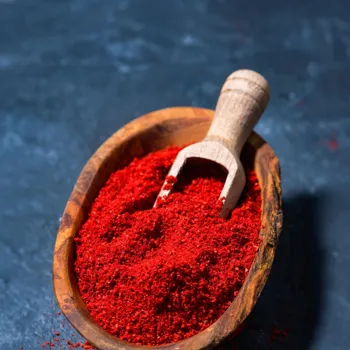
Kashmiri chilli powder is favoured for its vibrant red colour and mild heat, while other chilli powders offer varying degrees of spiciness. The right chilli powder can transform a dish, adding not only heat but also depth and complexity.
Adjust the quantity used based on your spice preference and the type of chilli powder. Remember, a little goes a long way, especially with hotter varieties. Many people tend to prepare chilli oil from the chilli powder which is used later for various preparations.
Mustard seeds add pungent kick to Indian dishes, popular in South Indian cuisine
Mustard seeds, or rai, offer a unique pungent flavor that adds a distinct kick to Indian dishes. Black mustard seeds are most commonly used, and their flavour is best released by tempering them in hot oil until they pop.
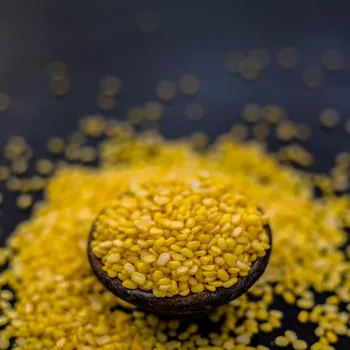
This process releases the volatile oils that give mustard seeds their characteristic bite. Mustard seeds are frequently used in South Indian cooking, where they are a key ingredient in dishes like upma and dosa. They're also used in pickles and chutneys, adding a delightful sharpness.
Different varieties of mustard seeds exist, offering a range of flavor profiles from mild to intensely pungent.
Garam Masala adds warmth and complexity to Indian dishes
Garam Masala, literally meaning "warming spice blend," is a quintessential mixture that adds a touch of warmth and complexity to many Indian curries and dishes. There is no fixed set of ingredients, and the composition of garam masala varies from region to region and even family to family.
Common ingredients include cardamom, cinnamon, cloves, cumin, coriander, and black pepper. The spices are typically roasted before being ground together, further enhancing their flavour.
A pinch of garam masala sprinkled towards the end of cooking elevates the aroma and flavour of a dish, adding a final touch of magic. Garam Masala provides a warm and aromatic flavour to the preparation.
AI Generated Content. Glance/InMobi shall have no liability for the content